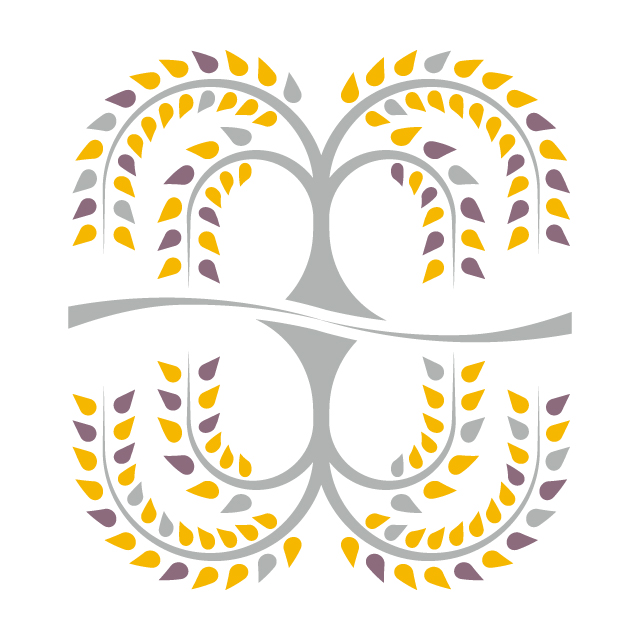Design Technology
At West Thornton, we ensure that Design Technology develops creativity, problem-solving, and practical skills like using tools and materials. It encourages children to think critically, work collaboratively, and consider real-world issues like sustainability.
For all D&T units, children produce a final outcome. The learning takes place through the journey that the children go through in order to produce that final product.

Research
This stage is crucial for gaining a deep understanding of the problem and informing the development of a relevant and effective solution.
Knowledge Building
Pupils investigate existing products, designers' work, and relevant contexts to understand their purpose, function, and target users. They will also gain a deep understanding of who the product is for and their specific needs and pain points.
Generation of Ideas
During this stage, pupils brainstorm multiple potential solutions and develop initial ideas through talking, drawing, and creating mock-ups or prototypes. They will also define the criteria that the final product must meet to be successful, considering factors like materials, quality, and health and safety.
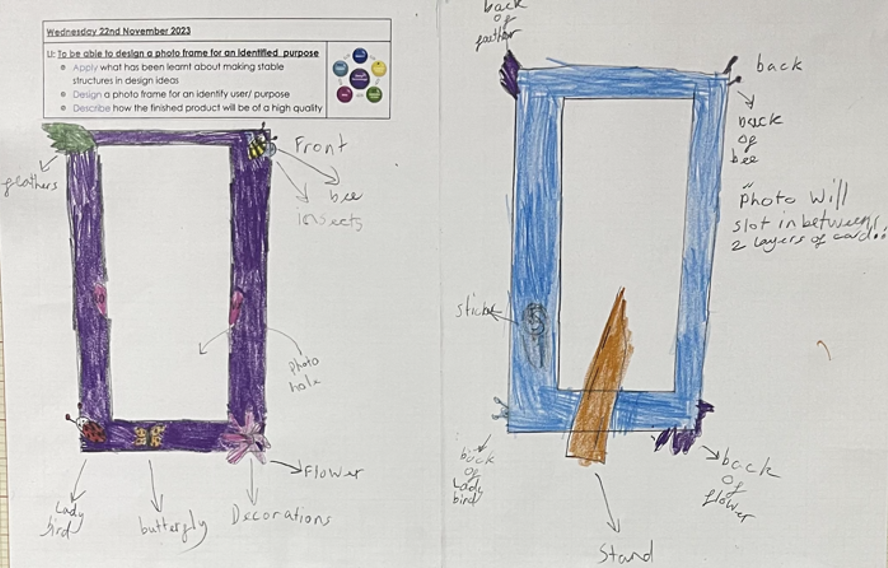
Make
This is the stage where pupils build a prototype or final product based on their designs. During this stage, they use a range of tools, materials, and components to cut, shape, and join materials, turning their ideas into a tangible creation. It also involves applying the skills learned and making connections with other subjects like maths and science to create a functional and appealing product.
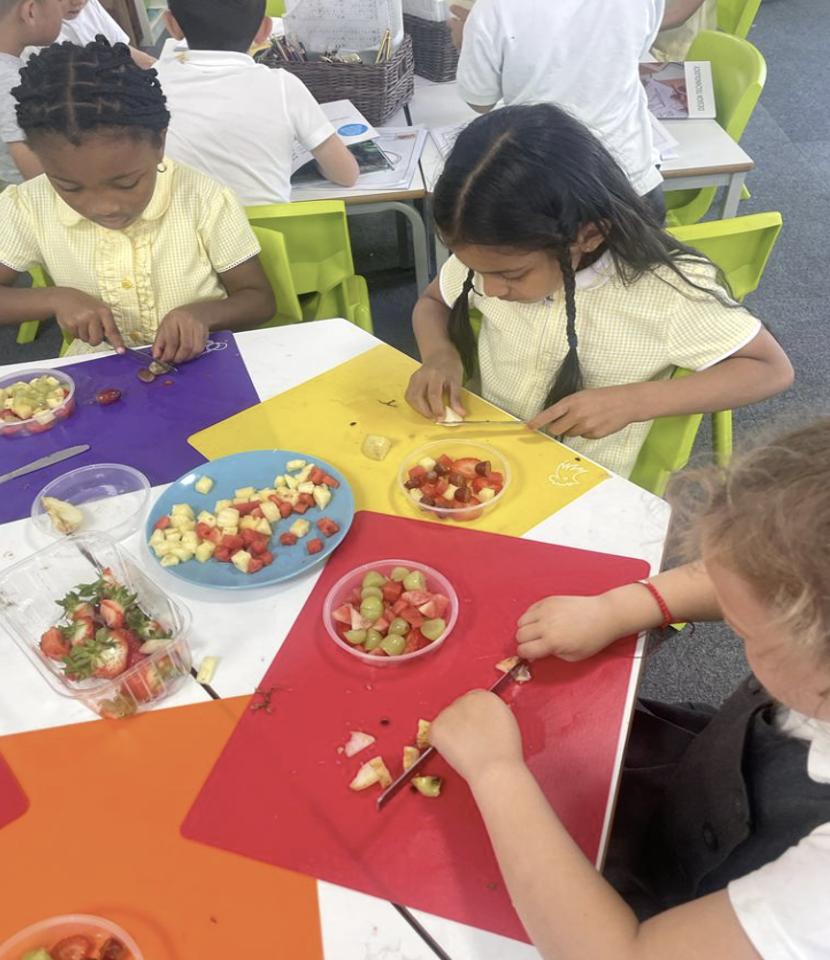
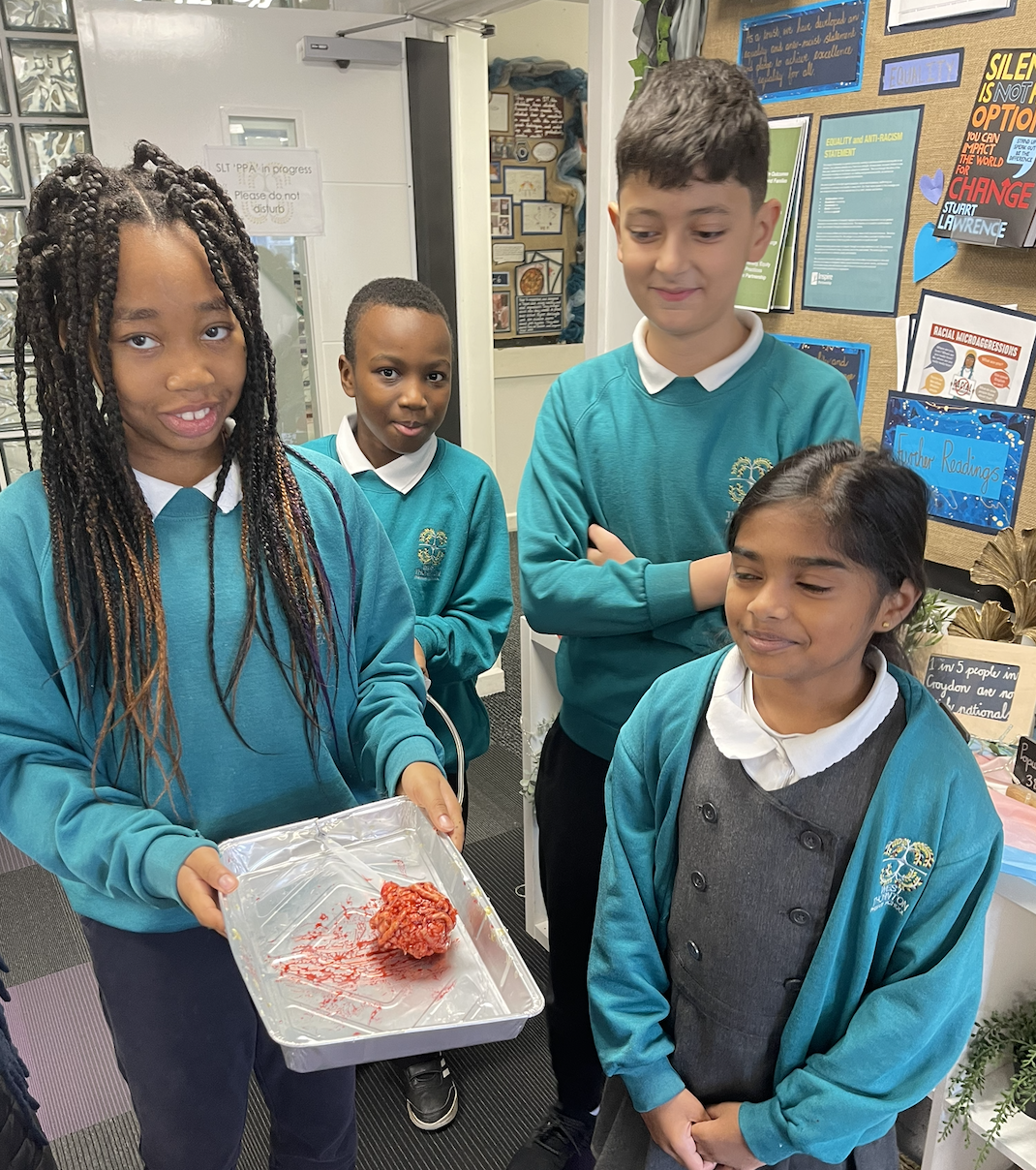
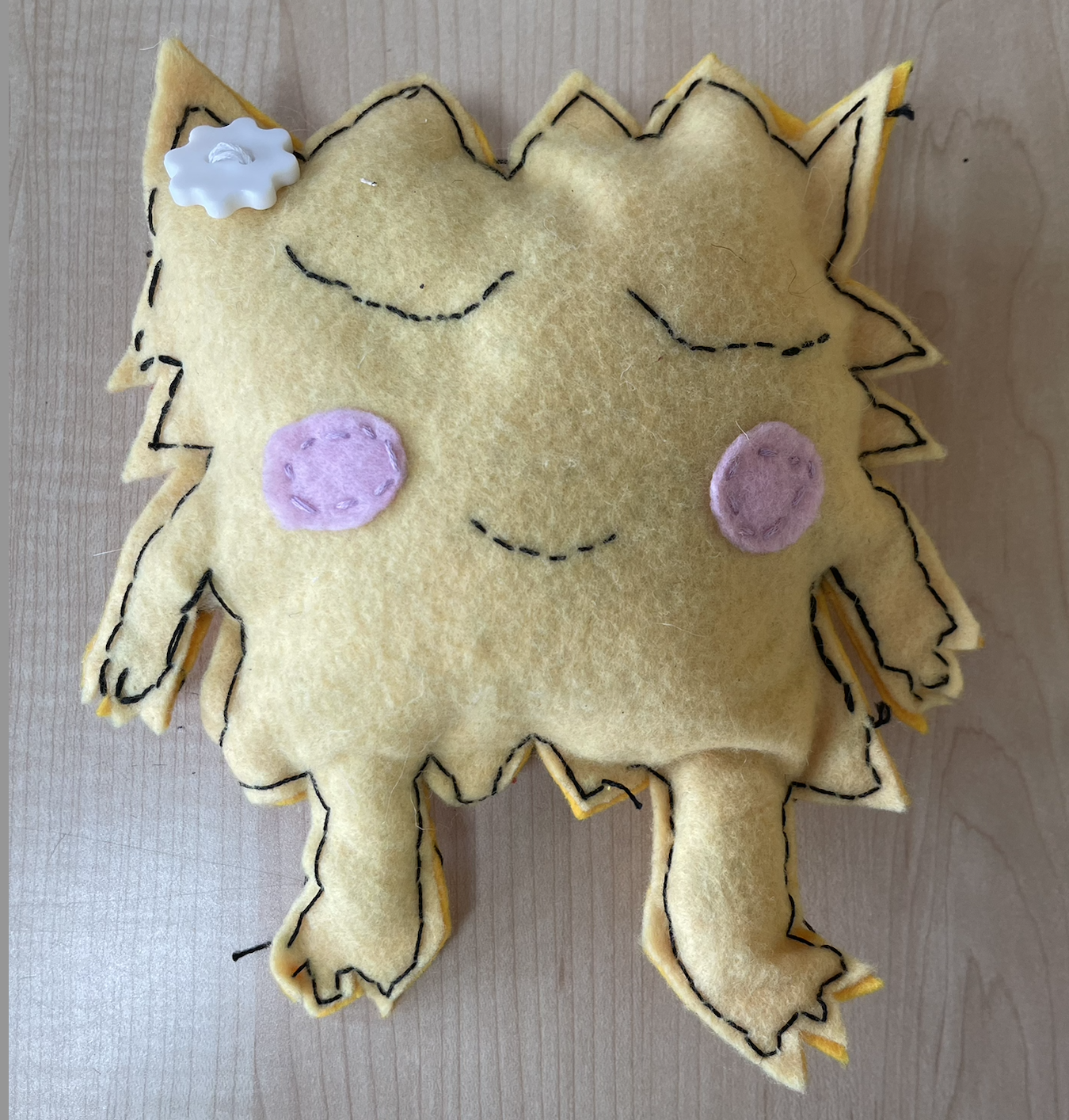
Evaluation
The evaluation stage in Design Technology is a critical part of the iterative design process where students assess their final product and the design process itself. It involves testing the product against a set of criteria, reflecting on its strengths and weaknesses, and identifying how to improve it in the future. This stage encourages critical thinking, self-assessment, and learning from both successes and failures.




